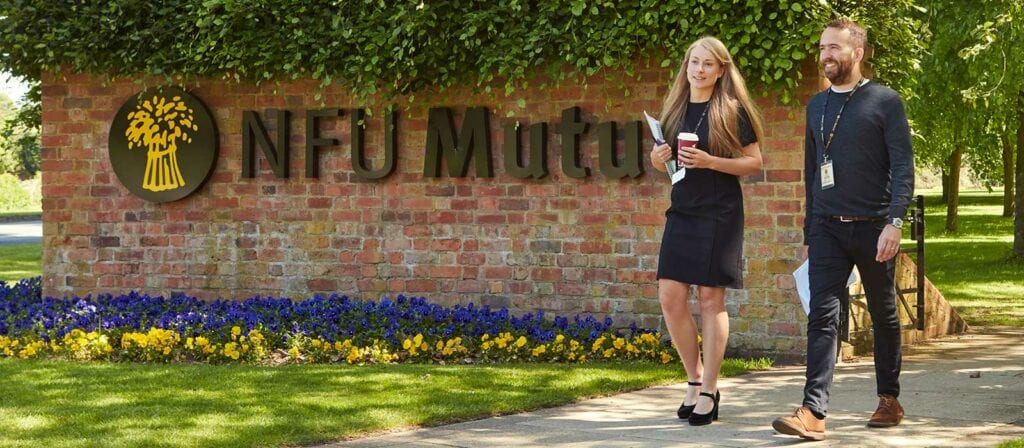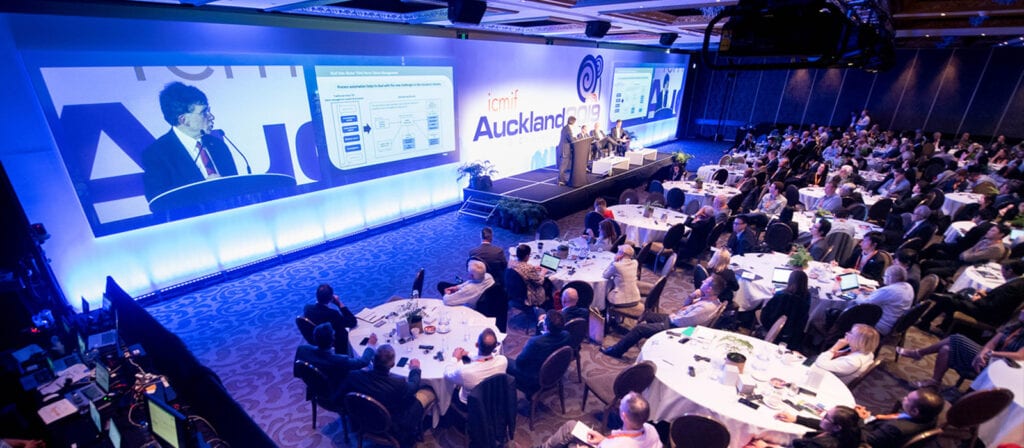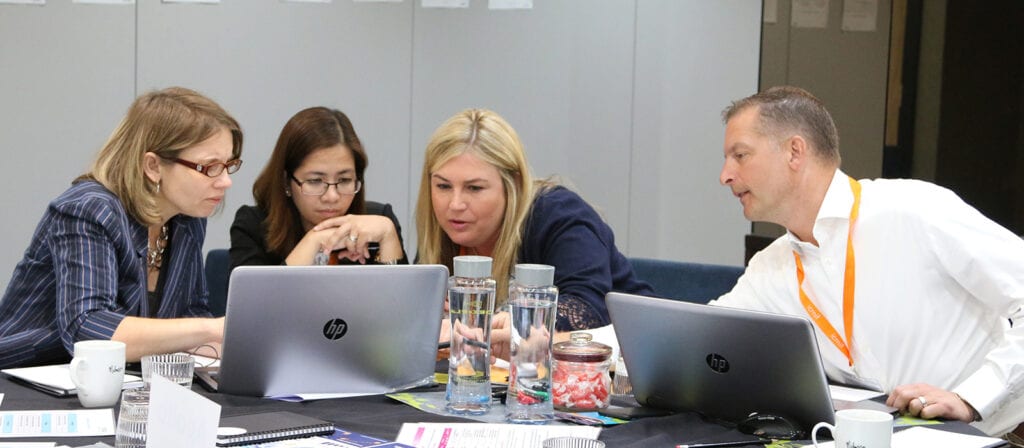At the core of TOP is the notion that continuous learning is essential. Each individual professional needs to know what her/his talents are, and develop these in order to be able to perform. Critical self-reflection, seeking feedback from colleagues and your manager, are key in fostering continuous learning. On top of this, Achmea recognises that different ways of learning are essential to stimulate different talents to blossom. Moreover, being able to switch between different ways of learning is crucial for optimal talent development. In order to facilitate all of these aspects of a continuous learning culture, Achmea uses the concept of Learning Agility.
Learning Agility provides a conceptual framework that can easily be explained, used as a common language to understand and provide feedback regarding learning behaviour, and allows assessment of the current learning aptitude of an individual professional.
TOP was designed to encourage people to become better versions of themselves, on the assumption that people who perform according to their talents and are given the opportunity to develop themselves are more motivated and likely to be happier in their work. The goals of TOP are to encourage people to learn, increase their ability to perform and enhance job satisfaction.
There are six elements of implementing TOP:
- People need to be self-directed, orchestrators of their own professional life as well as encouraging colleagues to do likewise.
- Feedback is important, so there needs to be a culture where people feel safe to give and receive feedback.
- There also needs to be self-reflection, being able to reflect on feedback and consider how to use it to learn and grow.
- There is a focus on talent, encouraging people to know what they are good at and can bring to the team, rather than trying to fix weaknesses.
- Leading through coaching is another important element, and can be a big challenge to get team leaders and managers at various levels to develop their coaching styles.
- A short cyclical approach works best. Feedback should be given on a regular basis while it is still fresh in the mind, rather than sitting down to do this once a year.
To allow this to happen it is necessary to encourage a culture of continuous learning. The concept of learning agility is a very good way to get people to understand what learning is about and to reflect on their own learning ability.
There are five elements of learning agility:
- Change agility is about learning through experimentation, or trial and error. Trying to solve something and then evaluating what worked well and what did not. If it worked well, do it again, if not, reflect and try to work out what to do differently next time.
- Mental agility is about gathering and combining knowledge to generate new insights.
- Results agility is learning by working really hard at something, setting a very ambitious goal and keeping at it until you are able to do it well. Practice makes perfect.
- People agility means learning from other people, consulting with them or watching and observing how they approach different situations and then copying good practice.
- Self-awareness is the central concept of learning agility. The need to be critical and self-reflective is crucial to being able to switch between the different ways of learning.
Research has shown that there are certain personality traits and Intrinsic motivations that are key to these five elements of learning agility. Both of these are measurable, and can be used to calculate to what extent people are currently learning agile. For example, one of the most important personality traits for learning agility is modesty, as modest people are more likely to be learn from others. They are more likely to be open-minded to the ideas of others than boastful people. Co-operation is an important intrinsic motivator, as people that like to co-operate with others are able to grow through people agility. Learning agility can also be used as a proxy for potential
Learning agility can be used in talent recruitment to identify applicants with future potential rather than just potential for a specific role, people who will embrace future challenges that are as of yet unknown. It can be used for talent development, encouraging continuous learning, development and growth. Also, encouraging people to become all-rounders regarding learning agility, including self-awareness. It can also be used as part of talent management, to identify high potentials and orchestrate succession planning, with the ability to learn being critical for people to develop their career in a rapid way.
This presentation was delivered during the monthly ICMIF Member-to-Member Discussions for HR Directors. Please contact Mike Ashurst, Vice-President of Reinsurance and Professional Development, to find out more about the HR discussions.





